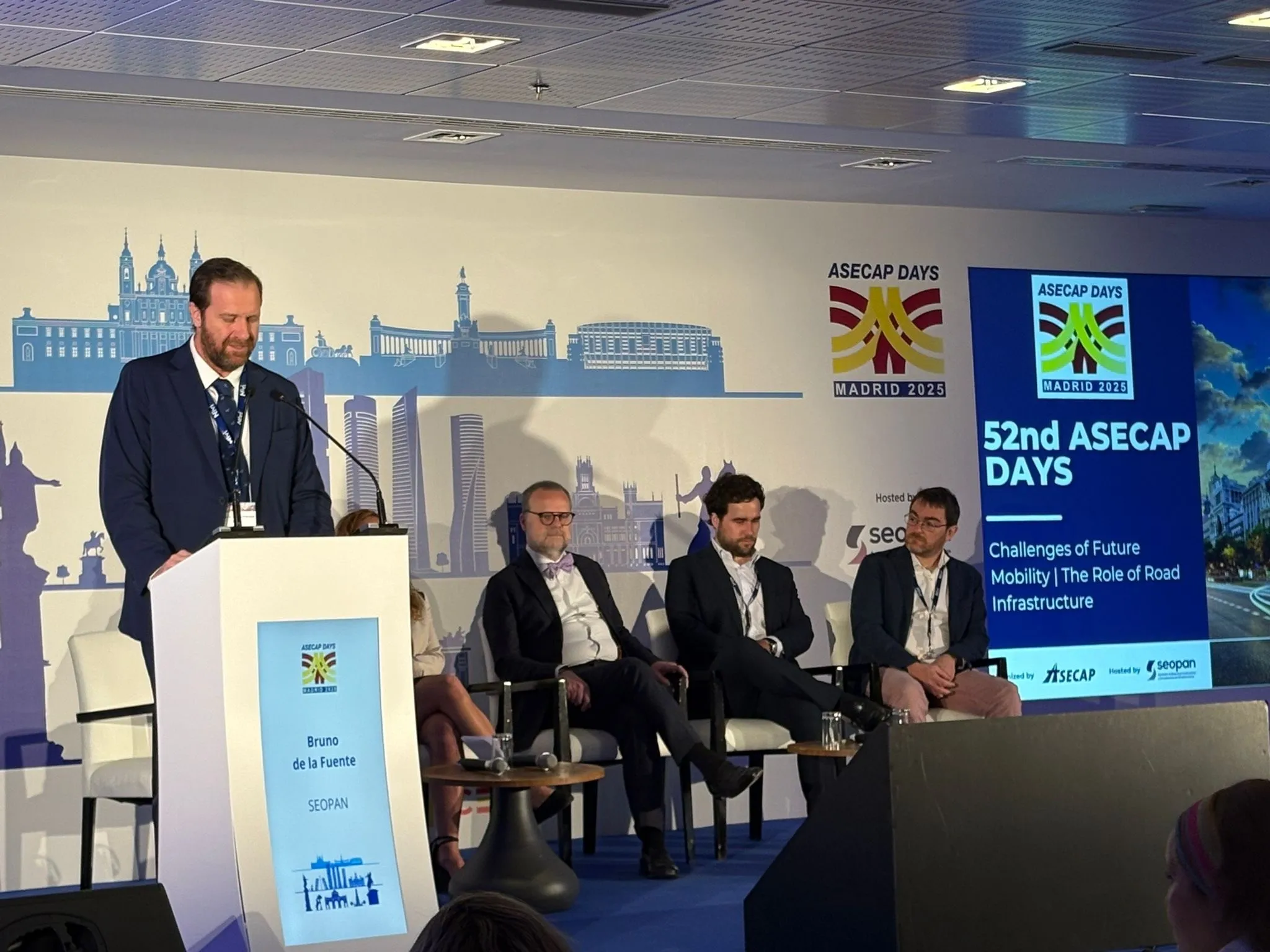With more than 300 people losing their lives in road accidents every year, the Millennium City in Haryana, India, desperately needs to improve its road infrastructure. Although successive governments in Haryana have gifted the city numerous expressways, making the roads safe and traffic flow smooth has not figured prominently in the political schemes of development. Traffic in the city and on the expressways, most significantly the Gurgaon-Delhi Expressway, has been mired by a range of problems, from a sca
July 29, 2013
Read time: 2 mins
With more than 300 people losing their lives in road accidents every year, the Millennium City in Haryana, India, desperately needs to improve its road infrastructure.
Although successive governments in Haryana have gifted the city numerous expressways, making the roads safe and traffic flow smooth has not figured prominently in the political schemes of development.
Traffic in the city and on the expressways, most significantly the Gurgaon-Delhi Expressway, has been mired by a range of problems, from a scarcity of traffic police to faulty road engineering. Police commissioner Alok Mittal has said, “I accept that traffic management is the biggest challenge to the police force in the city. There is just a handful of 300 traffic police, which is why most of the new recruits, who will be inducted most probably by the end of July, will be channelled into traffic duty.”
Other problems include the lack of or broken service roads; traffic lights that do not function properly and are without a power back-up; poorly engineered roundabouts and roads; absence of pedestrian walkways and footbridges or underpasses; and speeding and overloading.
“Transport is the basis of sustainable development; you cannot build a city first and then ask transport to follow. All development should be transport-led,” says Rohit Baluja, president,5035 Institute of Road Traffic Education, New Delhi.
Although successive governments in Haryana have gifted the city numerous expressways, making the roads safe and traffic flow smooth has not figured prominently in the political schemes of development.
Traffic in the city and on the expressways, most significantly the Gurgaon-Delhi Expressway, has been mired by a range of problems, from a scarcity of traffic police to faulty road engineering. Police commissioner Alok Mittal has said, “I accept that traffic management is the biggest challenge to the police force in the city. There is just a handful of 300 traffic police, which is why most of the new recruits, who will be inducted most probably by the end of July, will be channelled into traffic duty.”
Other problems include the lack of or broken service roads; traffic lights that do not function properly and are without a power back-up; poorly engineered roundabouts and roads; absence of pedestrian walkways and footbridges or underpasses; and speeding and overloading.
“Transport is the basis of sustainable development; you cannot build a city first and then ask transport to follow. All development should be transport-led,” says Rohit Baluja, president,









